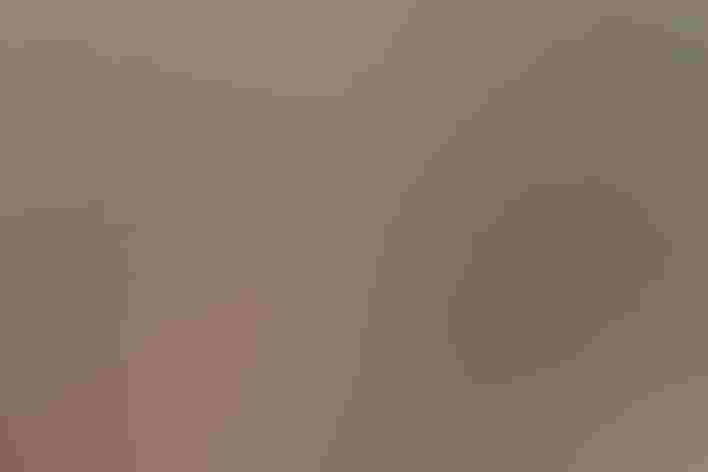Lesser Prairie-Chicken
At a Glance
A little smaller and paler than the Greater Prairie-Chicken, this grouse is adapted to arid short-grass regions of the southern Great Plains. At one time it was abundant in this region, but it has declined seriously, and is now an uncommon bird found in a few local concentrations.
All bird guide text and rangemaps adapted from Lives of North American Birds by Kenn Kaufman© 1996, used by permission of Houghton Mifflin Harcourt Publishing Company. All rights reserved.
Category
Phasianidae, Pheasants and Grouse, Upland Ground Birds
IUCN Status
Vulnerable
Habitat
Fields, Meadows, and Grasslands, Shrublands, Savannas, and Thickets
Region
Plains, Rocky Mountains, Southwest, Texas
Behavior
Flushes, Running, Soaring
Population
28.000
Range & Identification
Migration & Range Maps
No regular migration, but some may move many miles between summer and winter ranges.
Description
16" (41 cm). Best recognized by range (no overlap with Greater Prairie-Chicken). Paler overall, slightly smaller. In display, male shows purplish neck sacs, not yellow.
Size
About the size of a Crow, About the size of a Mallard or Herring Gull
Color
Black, Brown, Orange, Red, Tan, White, Yellow
Wing Shape
Broad, Fingered, Rounded
Tail Shape
Rounded, Short, Square-tipped
Songs and Calls
Various cackling and clucking notes; male gives booming call during courtship.
Call Pattern
Flat, Undulating
Call Type
Drum, Odd, Scream
Habitat
Sandhill country, sage and bluestem grass, oak shinnery. Found in sandy short-grass prairie regions with scattered shrubs such as sand sage. Often found around stands of low, scrubby oaks (Havard and Mohr's oak, also called "shin oak"). Regularly comes to agricultural fields to feed on waste grain, but disappears from areas where too much of native prairie is taken over by farmland.
Sign up for Audubon's newsletter to learn more about birds like the Lesser Prairie-Chicken
Behavior
Eggs
usually 11-13. Whitish to pale buff, finely speckled with brown and olive. Incubation is by female only, 22-24 days.
Young
Downy young leave nest shortly after hatching. Female tends young, but young feed themselves. Young are able to make short flights at age of 1-2 weeks, but are not full-grown for several more weeks.
Feeding Behavior
Forages mostly on ground, sometimes above ground in oaks. May move several miles every day from roosting areas to good feeding sites.
Diet
Includes seeds, acorns, insects, leaves. Diet varies with season. Eats seeds and leaves of a wide variety of plants, including oak leaves and acorns. May eat much waste grain around agricultural fields in fall and winter. Eats many insects, including grasshoppers and beetles, especially in summer. Also eats some flowers, twigs, oak galls.
Nesting
In spring, at dawn and again in evening, males gather on "booming grounds" and display there to attract females. Booming ground on slight rise or level open ground, with good visibility. In display, male raises feather tufts on neck, stamps feet rapidly while making hollow gobbling sounds; may leap in the air with loud cackles. Female visits booming ground, mates with one of the males. Nest site is on ground, usually under a shrub or clump of grass. Nest (built by female) is shallow depression lined with a few bits of grass, weeds.
Conservation
Conservation Status
Has disappeared from most of former range and is probably still declining; considered to be threatened. Biggest problem is conversion of natural prairie to farmland.
Climate Threats Facing the Lesser Prairie-Chicken
Choose a temperature scenario below to see which threats will affect this species as warming increases. The same climate change-driven threats that put birds at risk will affect other wildlife and people, too.







